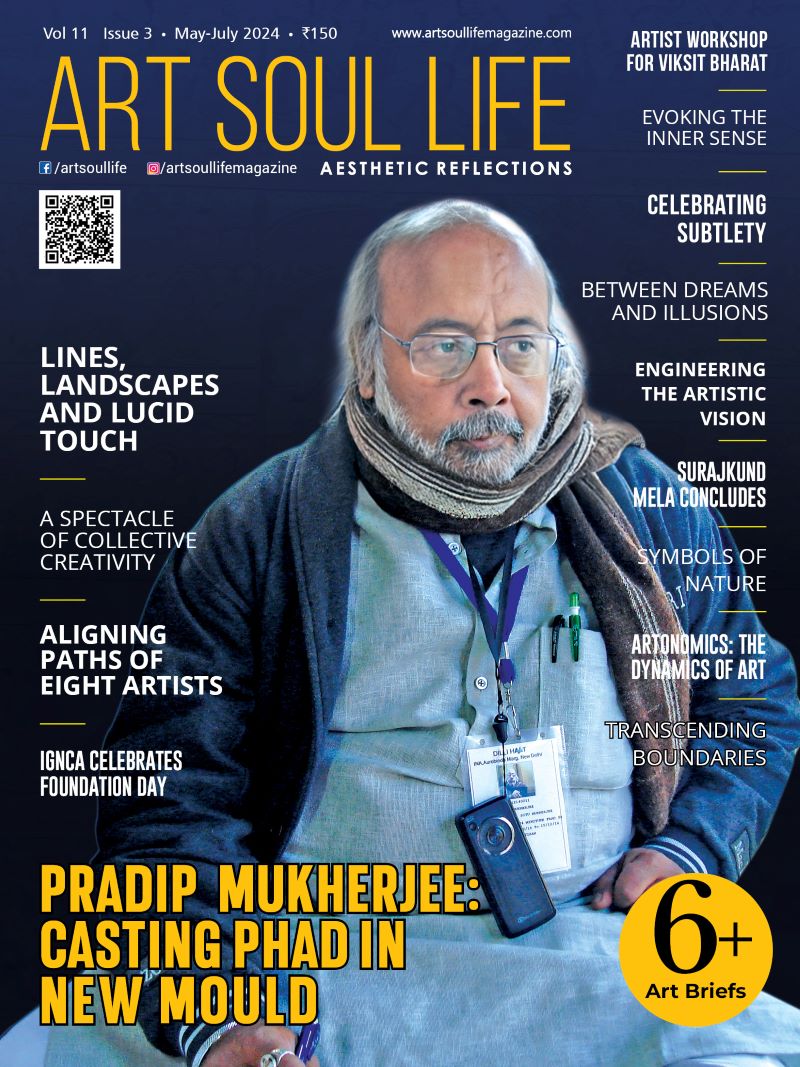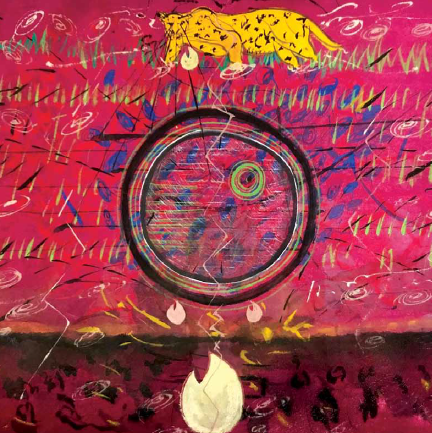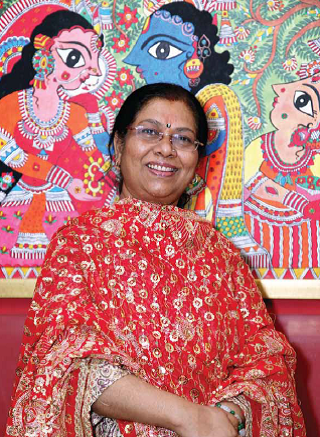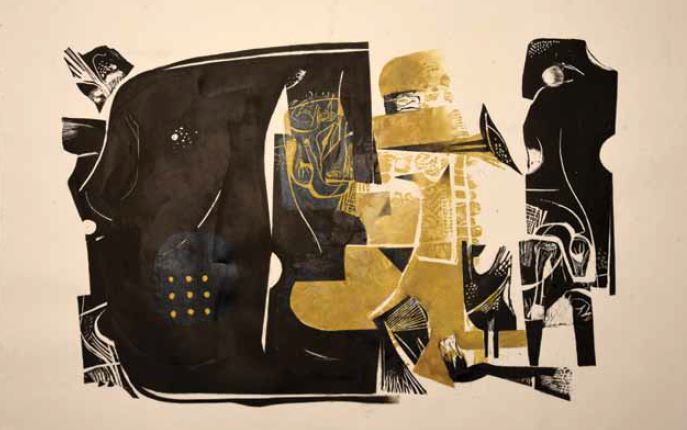
Calligraphy, a visual art form that combines writing and aesthetics, has a rich history spanning centuries. It encompasses a diverse range of styles and techniques, captivating audiences with its elegance and expressive power. This article explores the art of calligraphy, shedding light on its origins, evolution, and enduring appeal.
Origins and Evolution: Calligraphy originated in ancient civilizations, such as China, Egypt, and Mesopotamia, where it served as a means of communication and artistic expression. In China, calligraphy was considered one of the highest forms of art, practiced by scholars and nobility alike. Over time, calligraphic scripts developed unique regional styles, such as the flowing cursive script or the bold and angular Gothic script of medieval Europe. With the advent of printing, calligraphy faced challenges but managed to survive as an artistic discipline, appreciated for its intrinsic beauty and cultural significance.
 The Artistic Process: The art of calligraphy requires a skilled hand, meticulous attention to detail, and a deep understanding of the chosen script’s rules and traditions. Calligraphers utilize specialized tools like brushes, pens, or reed pens, along with ink or pigments, to create visually striking compositions. Each stroke is carefully crafted, conveying not only the meaning of the text but also the artist’s emotions and intentions. The composition’s balance, rhythm, and harmony are crucial, as they contribute to the overall aesthetic appeal and legibility of the piece.
The Artistic Process: The art of calligraphy requires a skilled hand, meticulous attention to detail, and a deep understanding of the chosen script’s rules and traditions. Calligraphers utilize specialized tools like brushes, pens, or reed pens, along with ink or pigments, to create visually striking compositions. Each stroke is carefully crafted, conveying not only the meaning of the text but also the artist’s emotions and intentions. The composition’s balance, rhythm, and harmony are crucial, as they contribute to the overall aesthetic appeal and legibility of the piece.
Styles and Techniques: Calligraphy encompasses a wide array of styles, ranging from traditional scripts to contemporary and experimental approaches. In Chinese calligraphy, for instance, one can find the elegant and restrained Kaishu script, the expressive Xingshu script, or the highly decorative Zhuan script. Similarly, Western calligraphy showcases various styles, including Uncial, Italic, and Copperplate. Each script has its unique characteristics, such as stroke thickness, angles, and proportions. Calligraphers employ various techniques, such as flourishing, illumination, or lettering design, to add complexity and embellishment to their works.
Enduring Appeal: Despite the advent of digital communication, calligraphy continues to captivate audiences worldwide. Its enduring appeal lies in its ability to convey both visual beauty and cultural significance. Calligraphy celebrates the written word, transforming it into an art form that transcends language barriers. It evokes a sense of tradition, craftsmanship, and authenticity in an increasingly digital and mass-produced world. Calligraphic works adorn ceremonial documents, religious texts, and even contemporary designs, showcasing the versatility and timeless allure of this visual art form.
Calligraphy stands as a testament to the enduring power of human creativity. Its fusion of writing and aesthetics has allowed it to transcend time and cultural boundaries, captivating art enthusiasts and practitioners alike. As we appreciate calligraphy’s beauty and craftsmanship, we honour its rich heritage and continue to cherish this exquisite visual art form for generations to come.









 " >
" >
 " >
" >